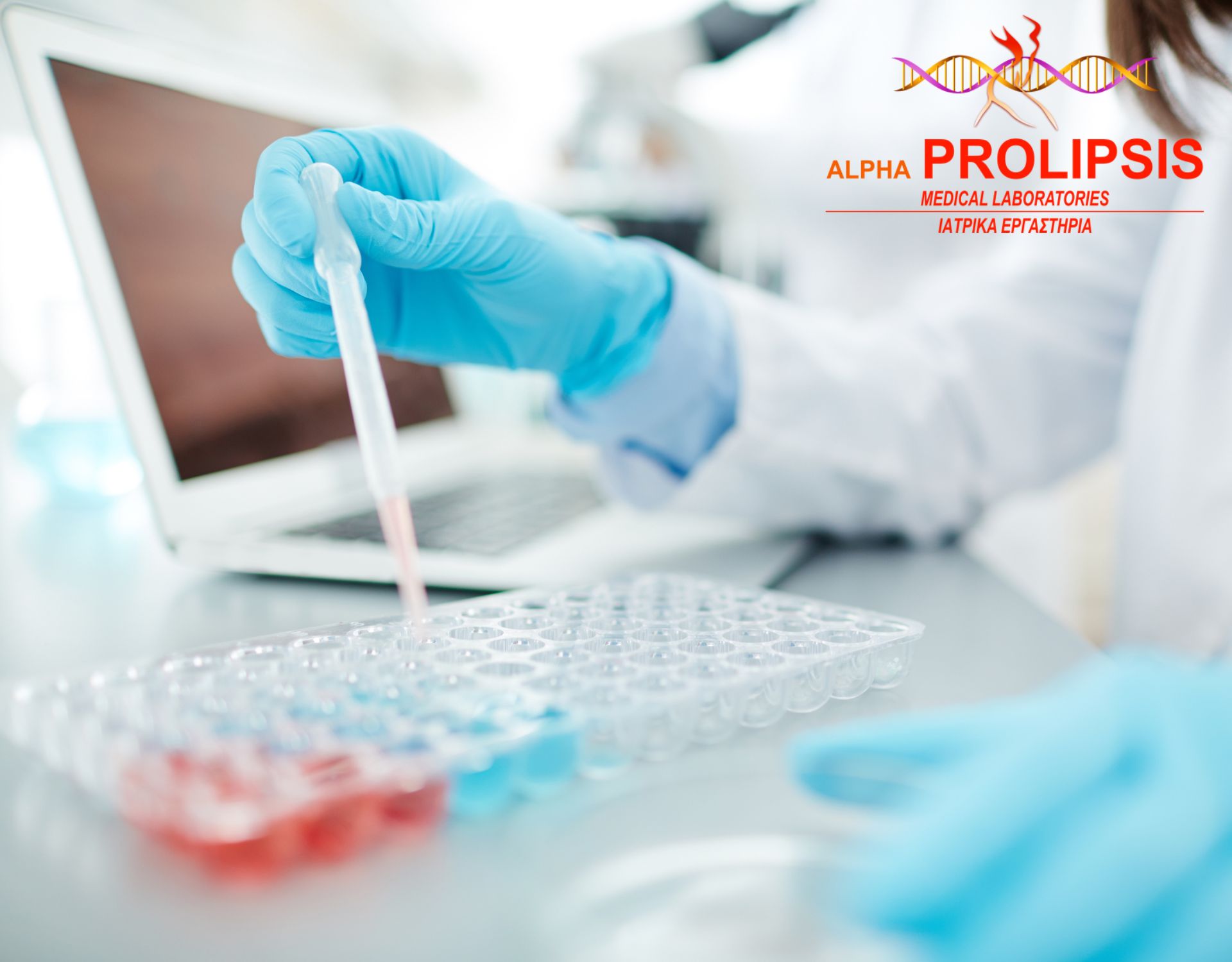The use of human papillomavirus (HPV) DNA testing as an initial screening step followed by triage with a standard Pap test (cytology) and repeat HPV DNA testing may increase the accuracy of cervical cancer screening, according to a study in the Jan. 13 online issue of the Journal of the National Cancer Institute. Compared to cytology alone, the screening strategy improved detection of precancerous growths without a substantial increase in the number of false-positive tests.
Randomized trials have shown that using DNA testing for HPV—which is known to cause cervical cancer—in screening programs would increase detection of cervical intraepithelial neoplasia (CIN) compared with cytology. However, HPV DNA testing also results in a substantial increase in false-positive tests, which lead to unnecessary and costly retesting.
In the current study, Joakim Dillner, M.D. of Lund University in Malmö, Sweden, and colleagues compared the efficacy of 11 different screening strategies that used HPV DNA testing, cytology, or a combination of the two. To evaluate the different strategies the investigators retrospectively analyzed data from 6,257 women who were enrolled in the intervention arm of a large randomized screening trial, called Swedescreen, in which HPV DNA testing was used in addition to standard cytology.
As seen in previous trials, the use of HPV DNA testing in conjunction with cytology increased the screening efficacy, detecting 35 percent more cases of CIN grade 3 or worse, compared with cytology alone. The strategy, however, doubled the number of tests required. By contrast, the use of the HPV primary screen with cytology and repeat HPV testing resulted in a 30 percent higher detection rate compared to cytology alone, with only a 12 percent increase in the number of tests required. In this approach, all women with HPV infections detected on the primary screening went on to have a standard Pap test; those with normal cytology then had a repeat HPV DNA test at least 1 year later.
"In conclusion, our data indicate that using HPV DNA testing as primary screening followed by cytological triage and repeat HPV DNA testing of women with normal cytology who are HPV DNA positive after at least 1 year is a feasible strategy for incorpo¬rating HPV testing in primary cervical screening because it improves sensitivity and maintains a high [positive predictive value], thus minimizing unnecessary referrals," the authors write.


